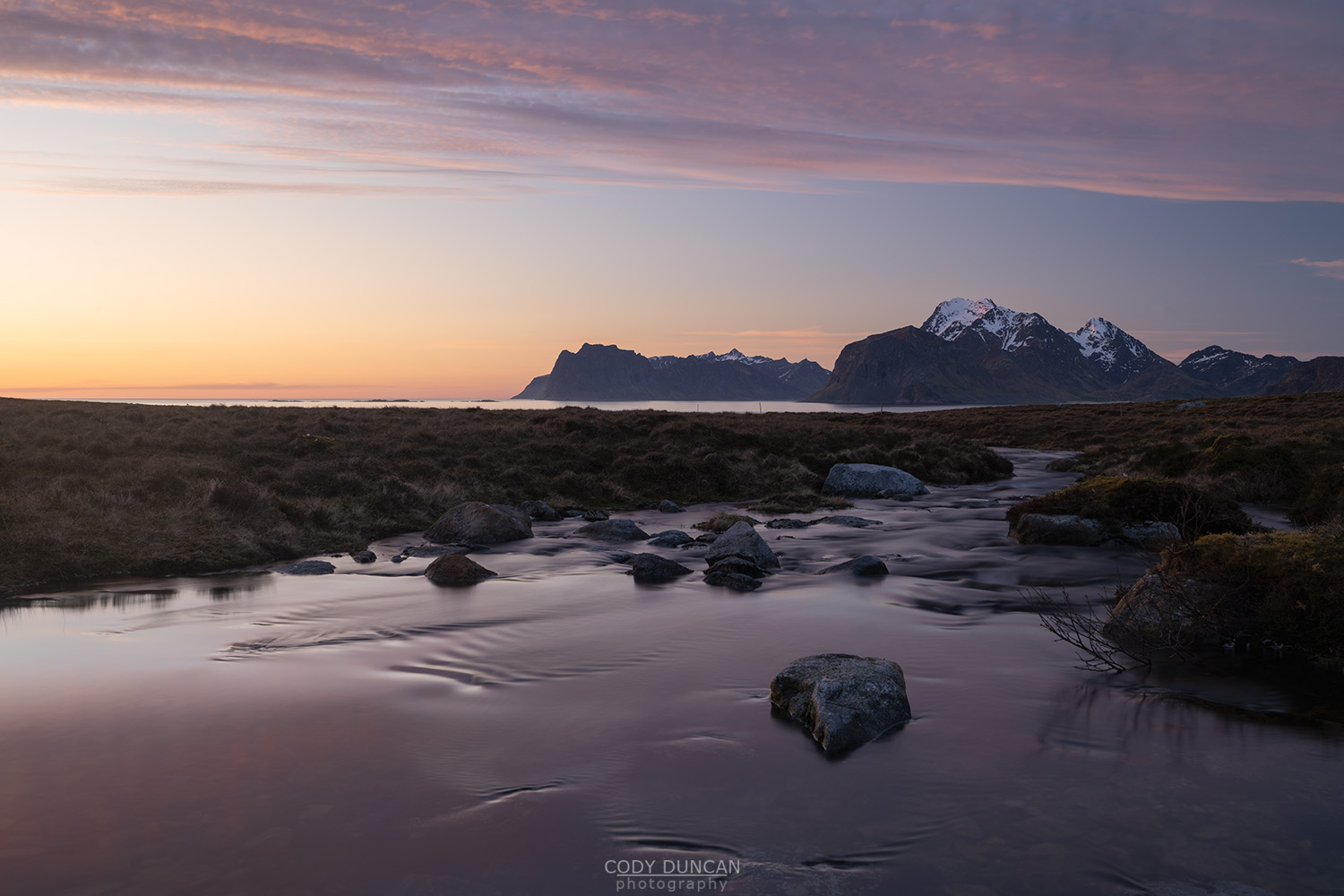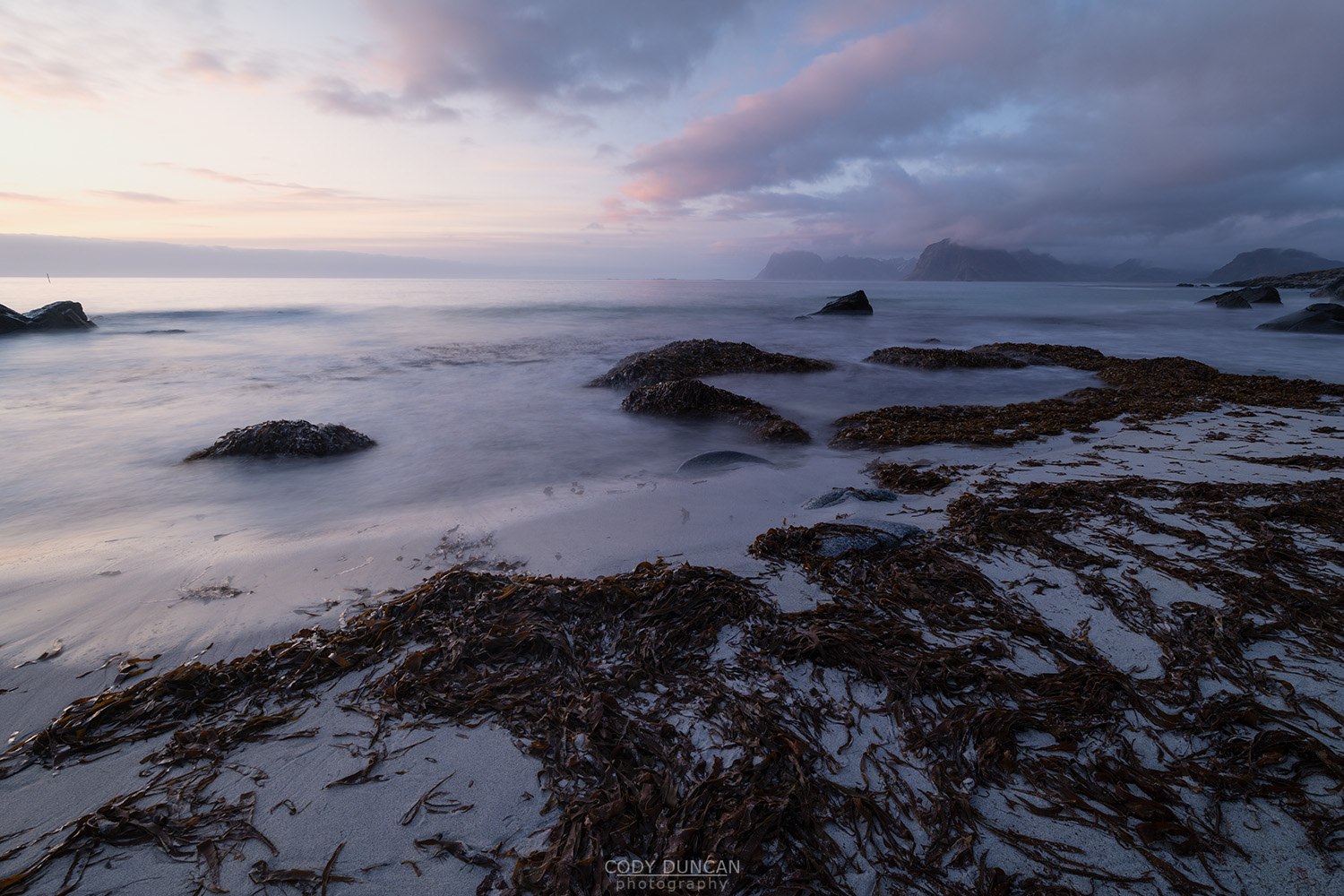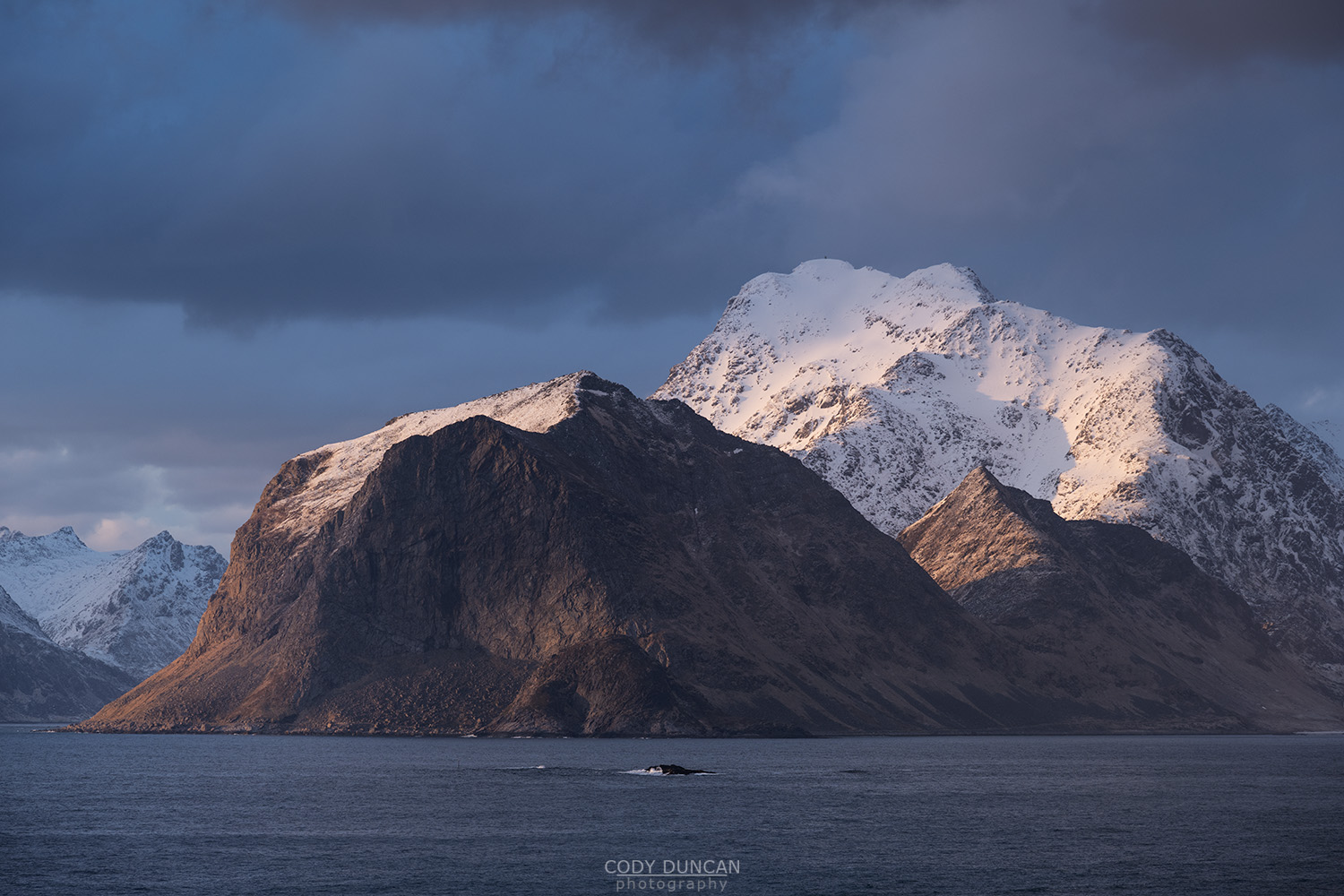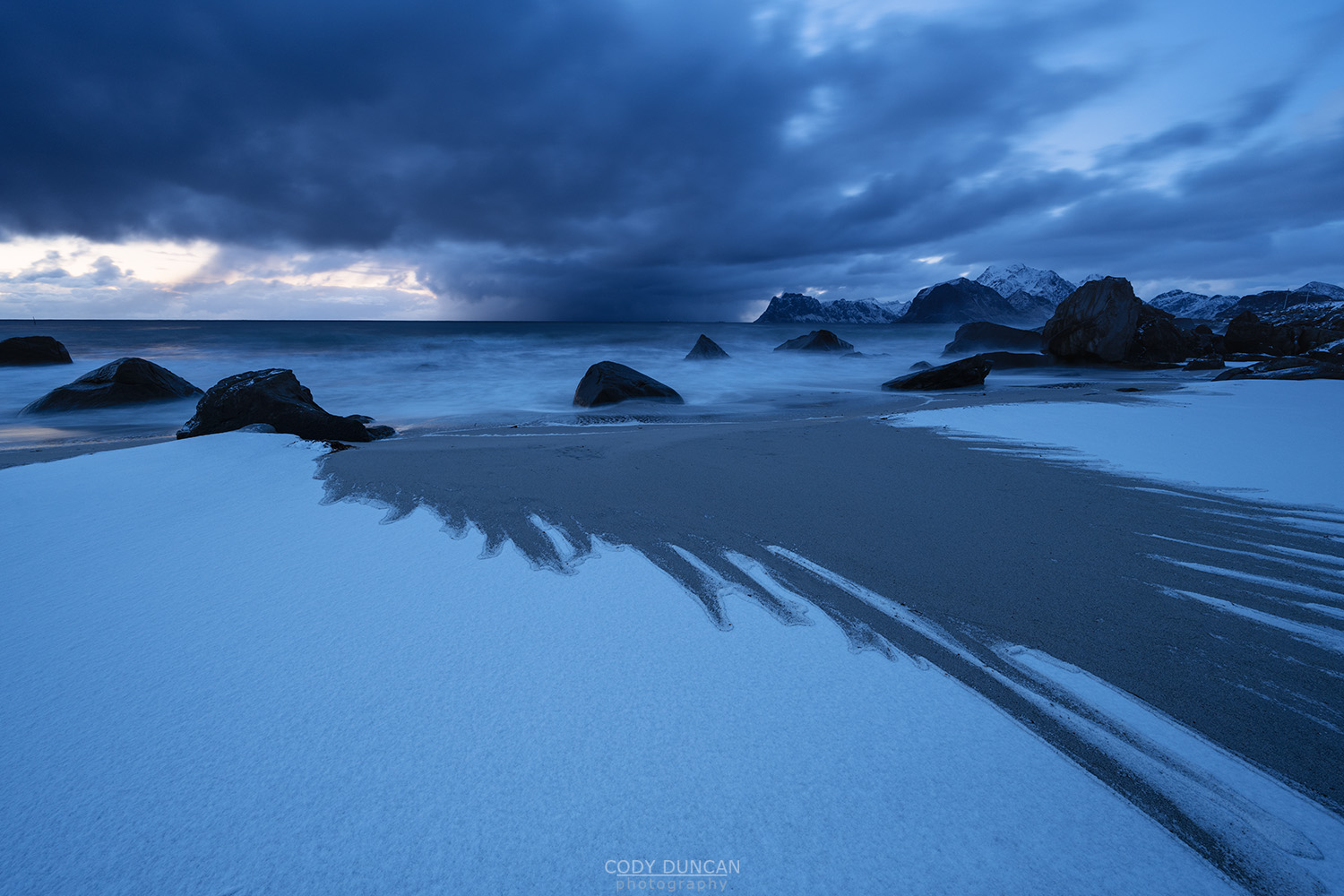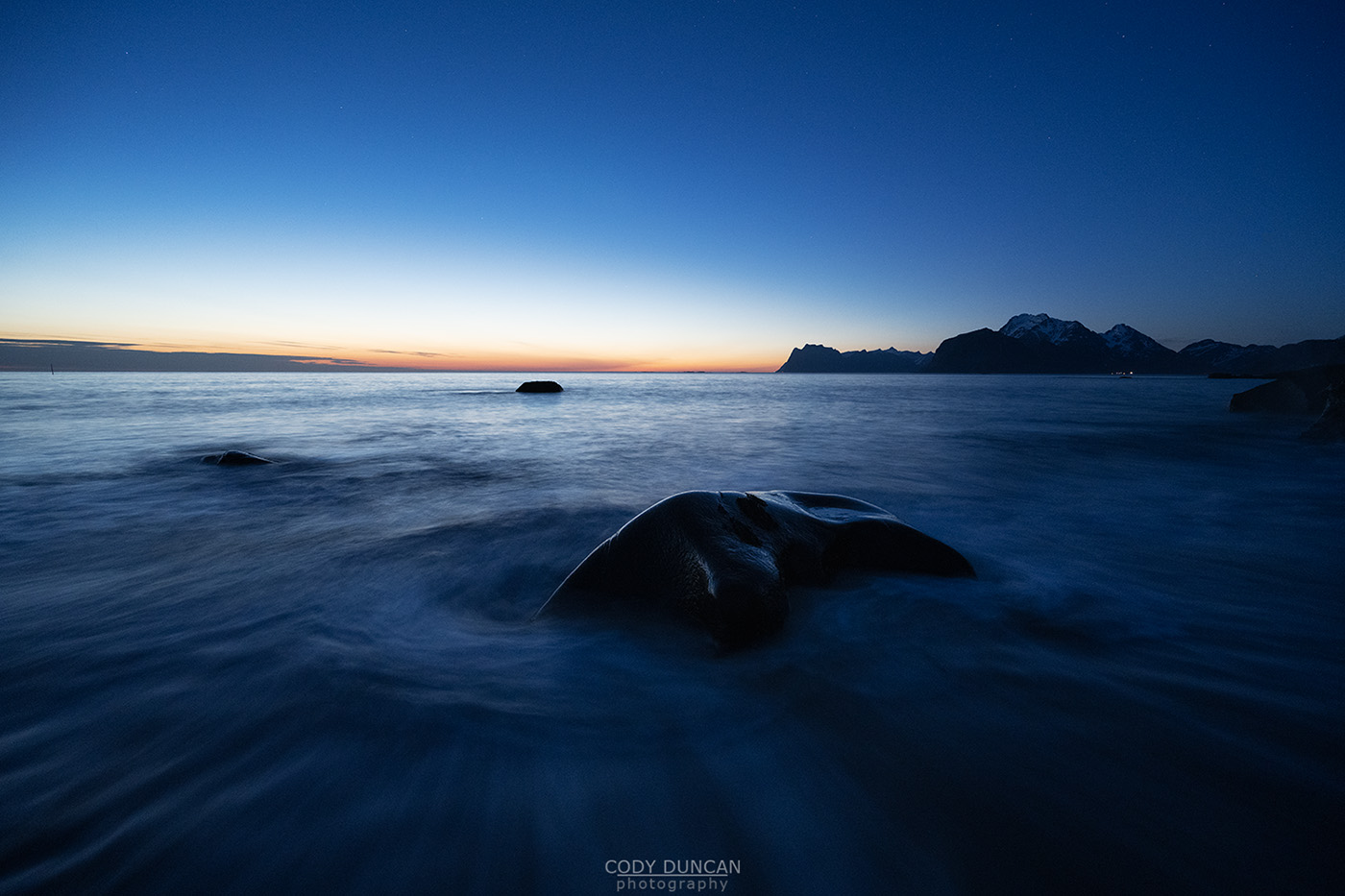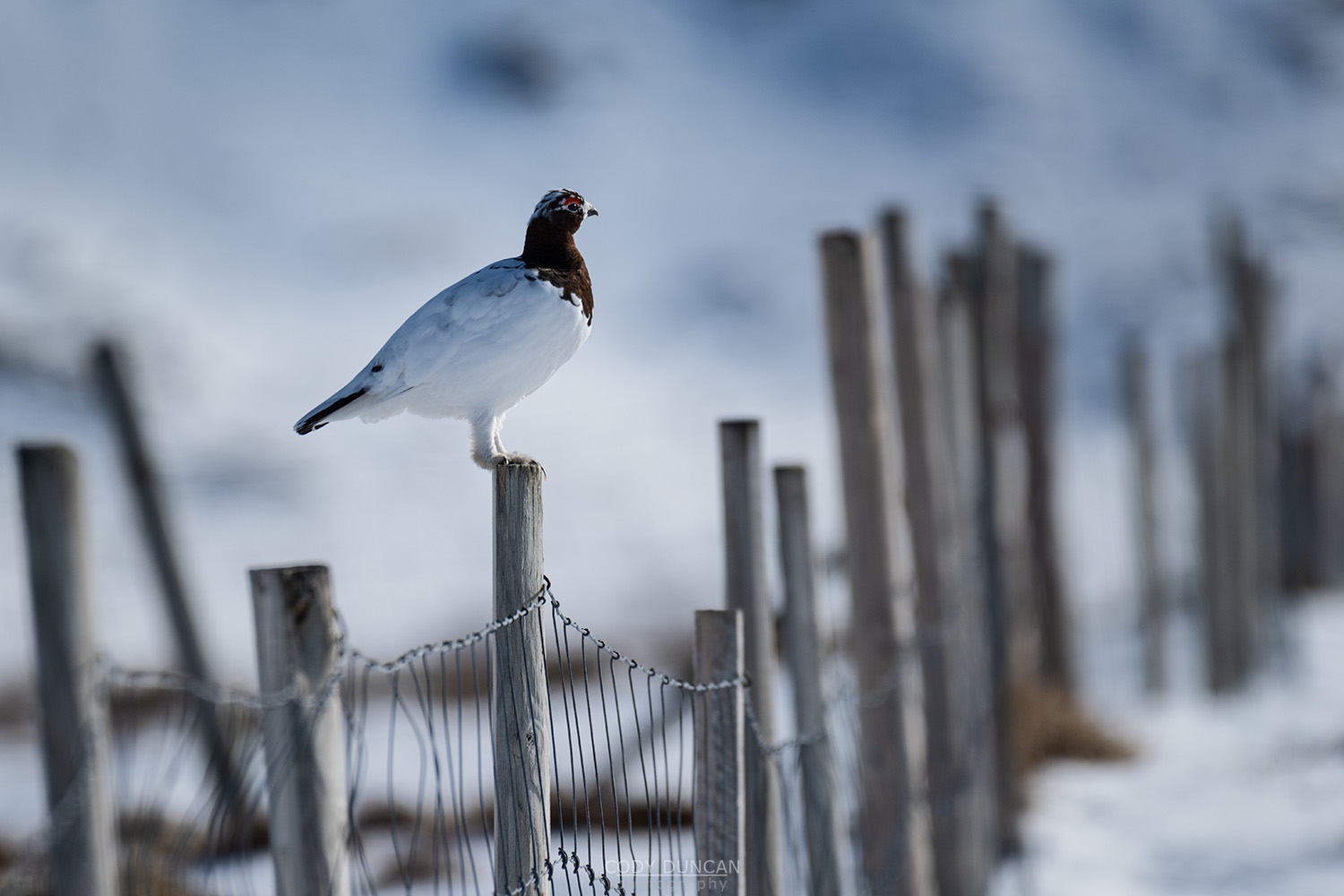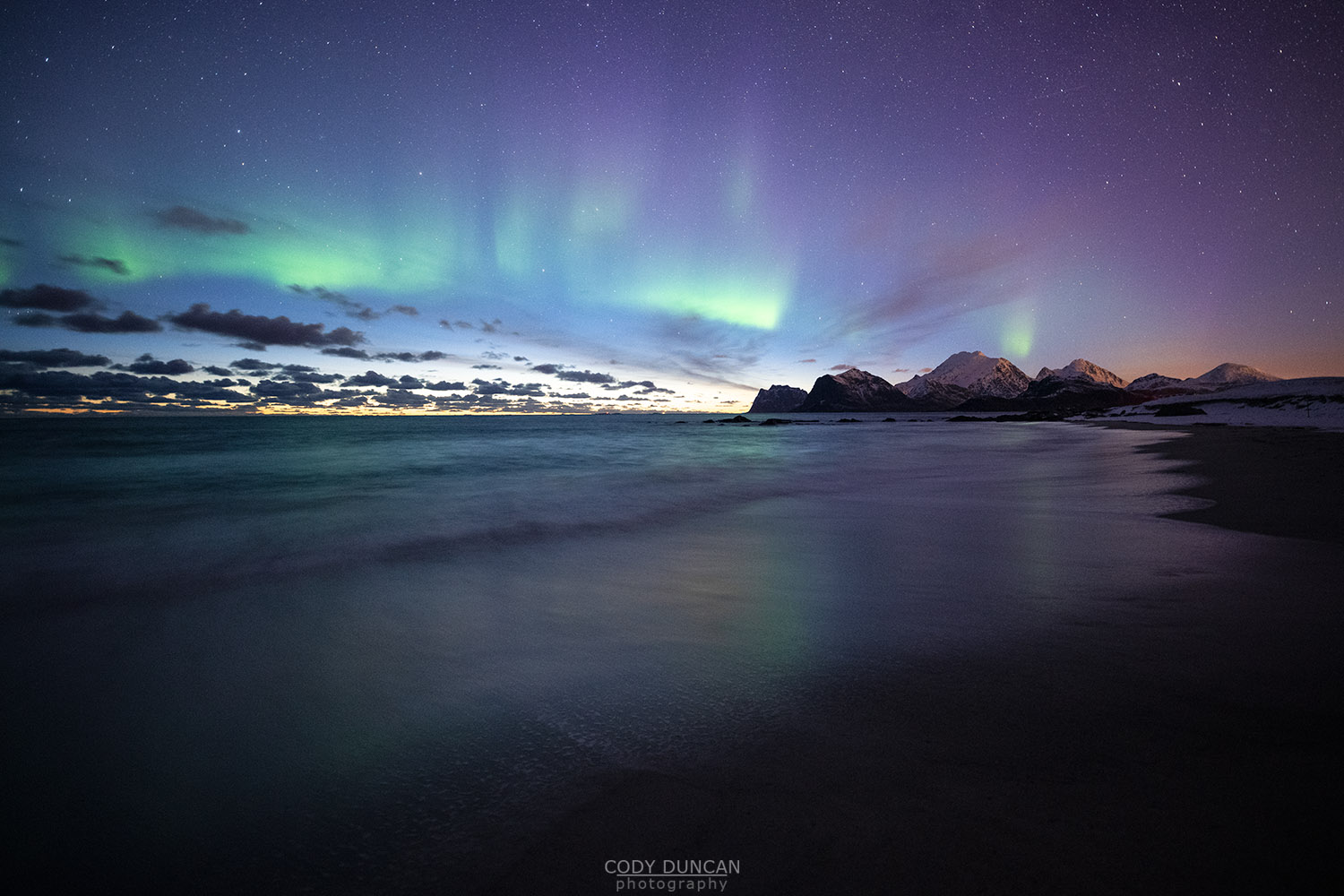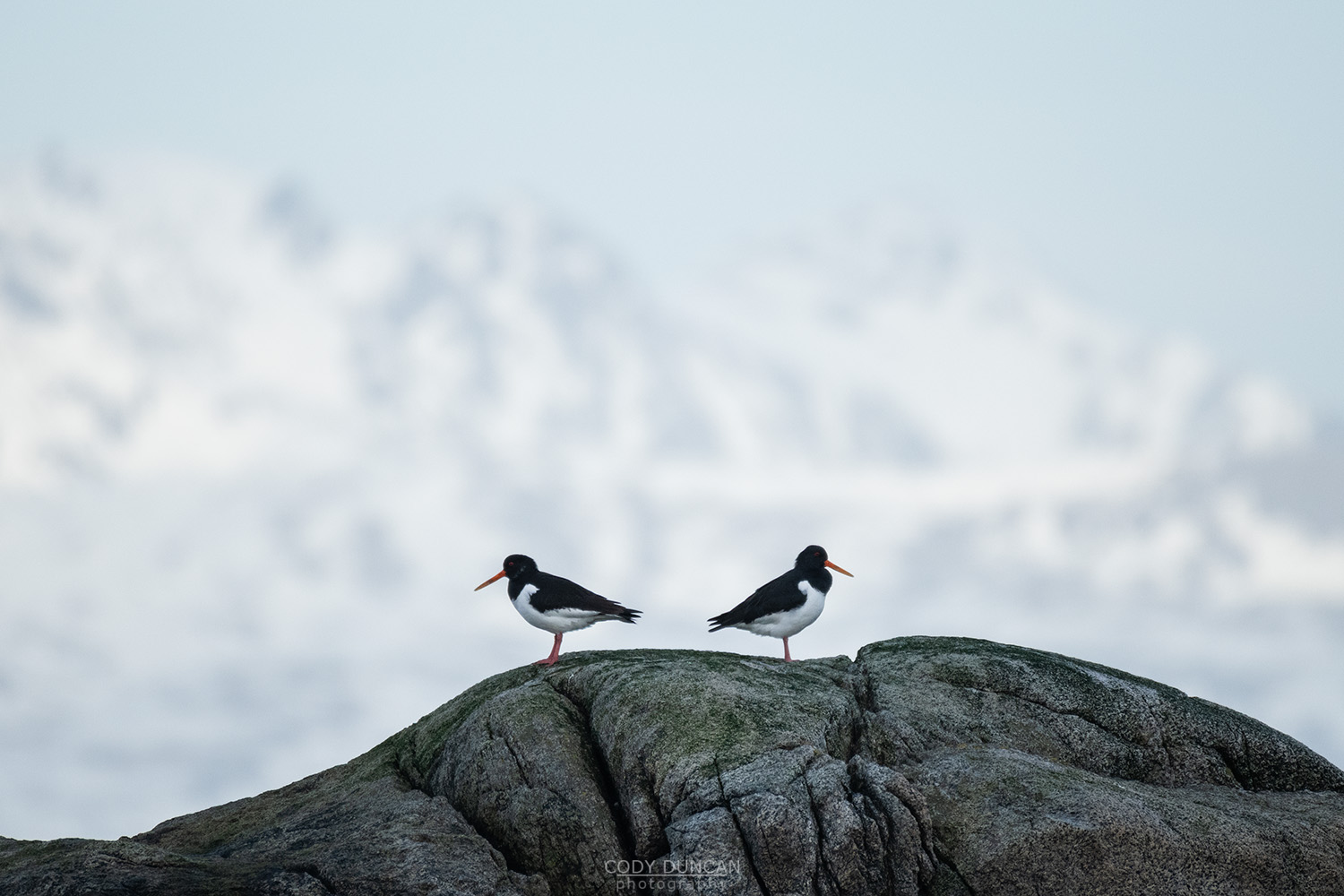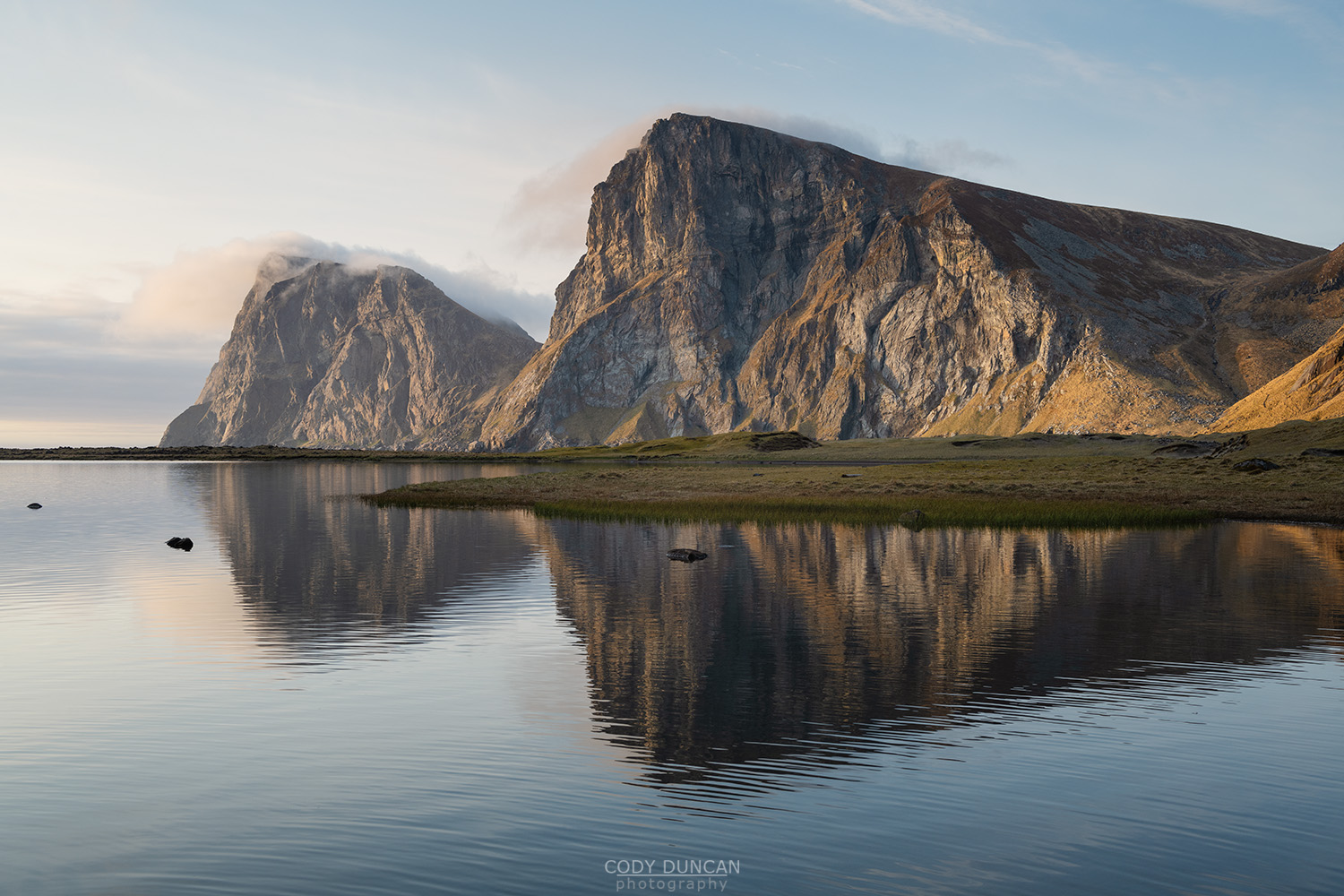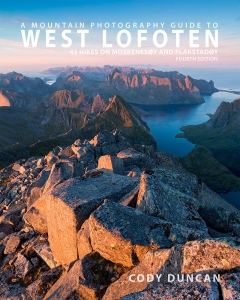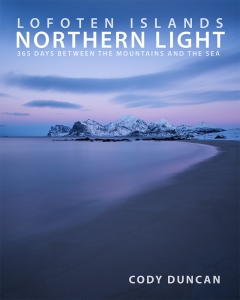Friday Photo #537 – Spring Thaw
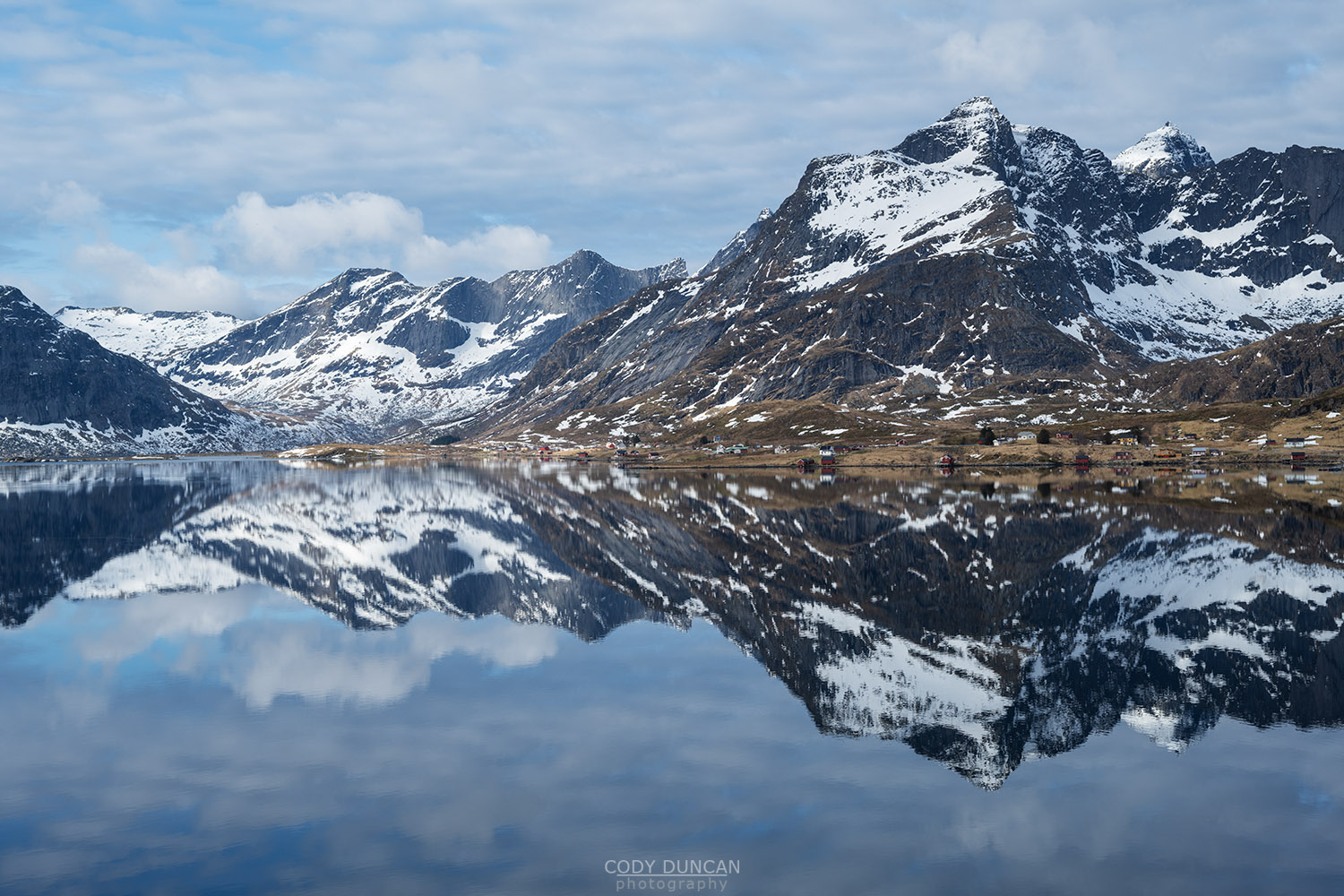
Photo: Spring mountain reflections in Selfjord, Moskenesøy, Lofoten Islands, Norway. April 17, 2023. 10:17
Some years the weather seems to switch as quickly as if one is turning a light off and on. What was an unseasonably cold March has now (mostly) turned into a sunny and warm April, and now finally a bit of rain. The snow which I thought would last well into May seems to be melting away quite quickly, especially in western Lofoten, and many of the coastal mountains below 500 meters are already snow free. Though as I write this, the weekend’s weather is supposed to be cold with the chance for some fresh snow – so don’t change to those summer tires just yet!
I’ve probably written a dozen times before that I always find this an odd time of year for my photography. The clean beauty of winter is over and I know the lush greens and flower fields of summer are only a few weeks away. April and early May on Lofoten is often just a waiting period for me – which is needed, as I have a ton of computer work needed to finish up ongoing projects and prepare for new ones during summer. But I also find it frustrating, as I enjoy the light of this time of year and the nights get brighter and the midnight sun approaches. So I find myself inspired by the light, but bored by the brown and tired landscape itself.
Today’s image is a rare calm moment in Selfjord, taken from the side of the road. I was on the way to Reine to attend a conference, but out of the corner of my eye I thought I saw something in the water. The back story to this is that there have been some humpback whales in the area of the last few weeks. They were first spotted in Svolvær harbor at the end of March. I saw them briefly in stormy water near Reinehalsen as I was headed to Moskenes to catch the ferry before easter, and then over easter they spent several days swimming around Hamnøy and Sakrisøy. So a few days after they had last been spotted, I thought maybe I was lucky and there they were!
So I quickly pulled over and scanned the fjord. Nothing. It was, however, a quite nice reflection, so I took a few quick snapshots before continuing on my way to Reine for the day. Had it not been for the possible attempt at whale watching, I most likely would have just driven by without stopping.
Head over to my Instagram account for (almost) daily postings of the local conditions here on Lofoten: @distant.north
Camera Info:
Nikon Z7 II
Nikon 24-120mm f/4
50mm
ISO 100
f 8
1/320 Second
WB Daylight

